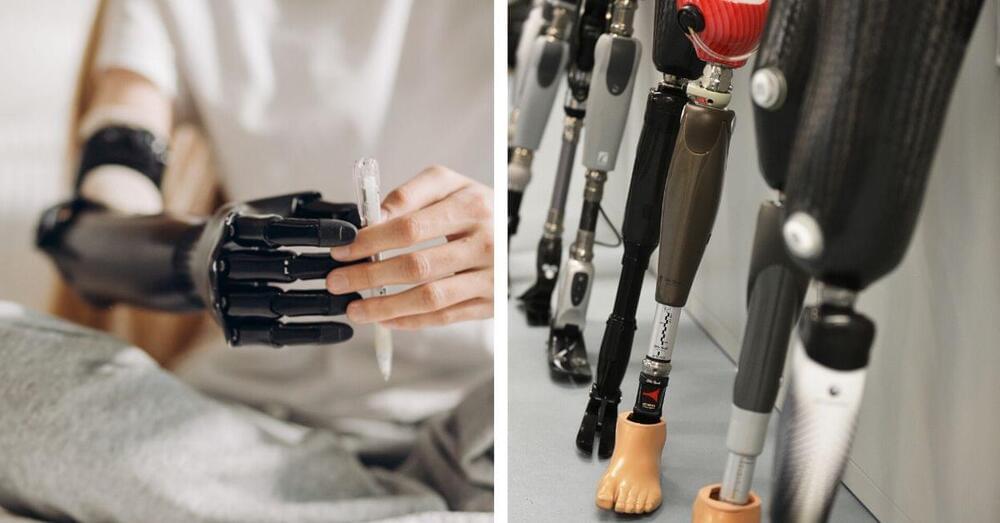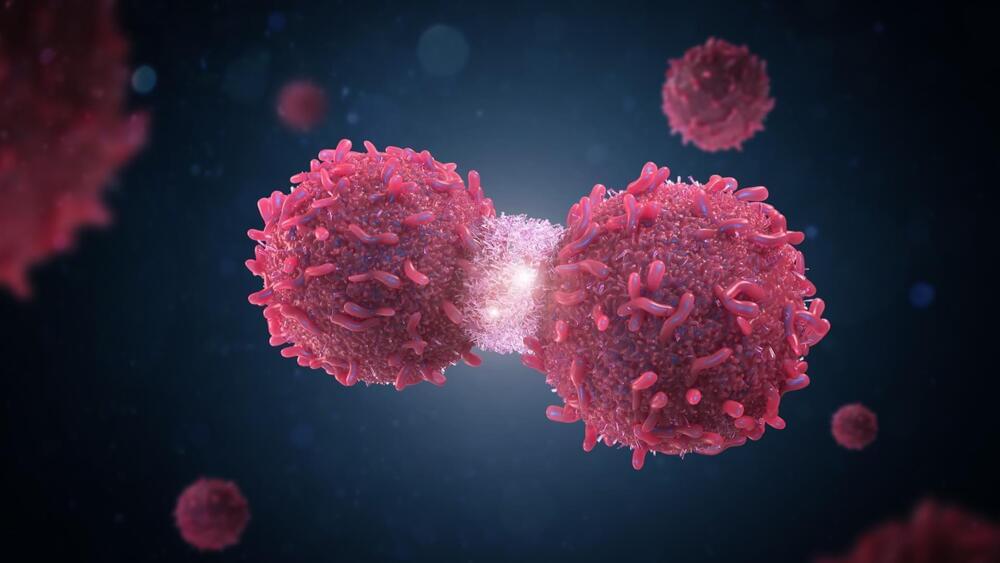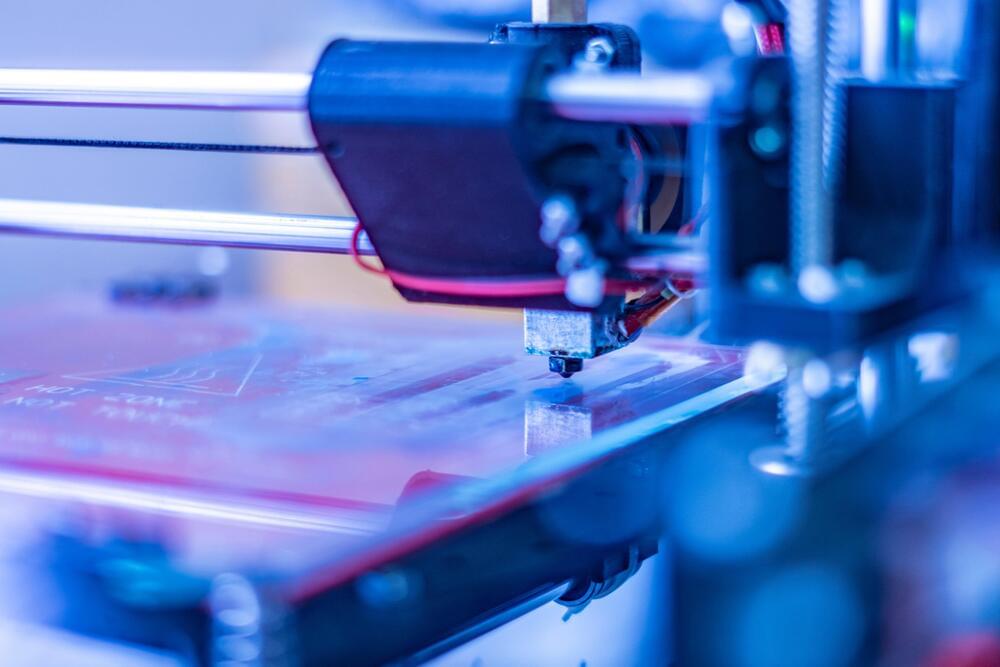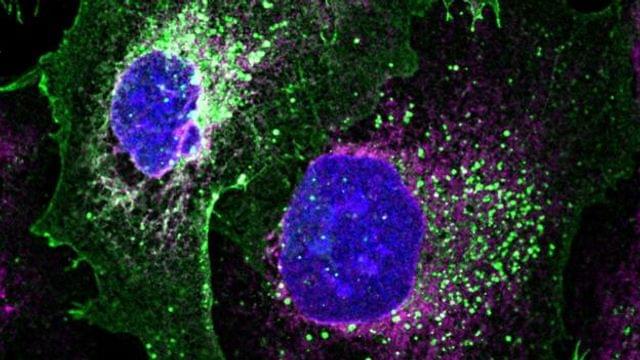‘Tis all in the senses.
On her blog, Lepht Anonym describes herself as “a faceless, genderless British biohacker. It lacks both gods and money and likes people, science, and practical transhumanism.” Anonym practices, sometimes referred to as grinding — a subculture of biohacking — DIY surgery to insert electronic hardware under the skin.
At the Grinderfest in 2019, Anonym inserted a little “pirate box” device in her upper right arm.
The Grindfest\
In conversation with Lepht Anonym, a faceless, genderless British biohacker that has implanted over 50 magnets and chips in her body for sensory ‘kicks’.







